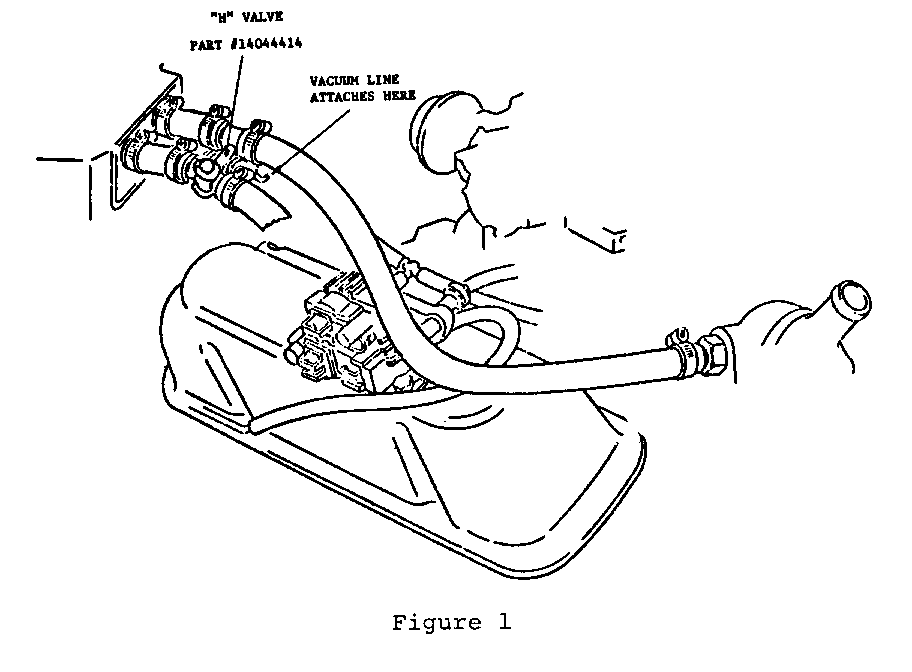TEMP GAUGE FLUCTUATION DETONATION, HEATER CTRL VLV

Variations in coolant temperature in the area of the temperature indicator sensor may cause fluctuations in the temperature gage readings on the above engine equipped with the gage option (U30). This temperature change may also occur as a localized overheating condition, indicated by a pounding or bubbling sound occurring in the engine. If a comment of this nature is received, the following procedure should be used:
The vehicle should first be road tested to evaluate the condition. In doing this, it should be driven with the heater core water valve in both the open and closed positions. To "close" the water valve, the temperature lever must be in the extreme left position. To "open" the valve, move the lever 1" or more to the right. When checking in the "closed" position, a visual inspection of the valve should be made to ensure that it is in the closed position. (Actuating lever is pulled into vacuum canister on valve assembly.) If the condition does not improve, or is not corrected with the valve in the open position, a new timing chain cover kit, P/N 25515465, should be installed. If the condition is improved with the valve in the open position, a new water valve, P/N 14044414, should be installed, using the following instructions:
(1) Drain cooling system.
(2) Remove heater water valve.
(3) Remove and discard hose from water valve to heater core inlet pipe. Install approximately 150mm (6") of new heater hose in its place. This is necessary to provide clearance for installation of new water valve.
(4) Install new water valve, P/N 14044414, in inlet hose with vacuum control in down position, towards engine (Figure 1).
(5) Cut heater outlet hose at new water valve and install on valve.
(6) Reconnect vacuum hose to water valve.
(7) Refill coolant system and check for leaks and proper function of valve.
Labor Operation Number: T0088
Labor Time .6 hours

General Motors bulletins are intended for use by professional technicians, not a "do-it-yourselfer". They are written to inform those technicians of conditions that may occur on some vehicles, or to provide information that could assist in the proper service of a vehicle. Properly trained technicians have the equipment, tools, safety instructions and know-how to do a job properly and safely. If a condition is described, do not assume that the bulletin applies to your vehicle, or that your vehicle will have that condition. See a General Motors dealer servicing your brand of General Motors vehicle for information on whether your vehicle may benefit from the information.
